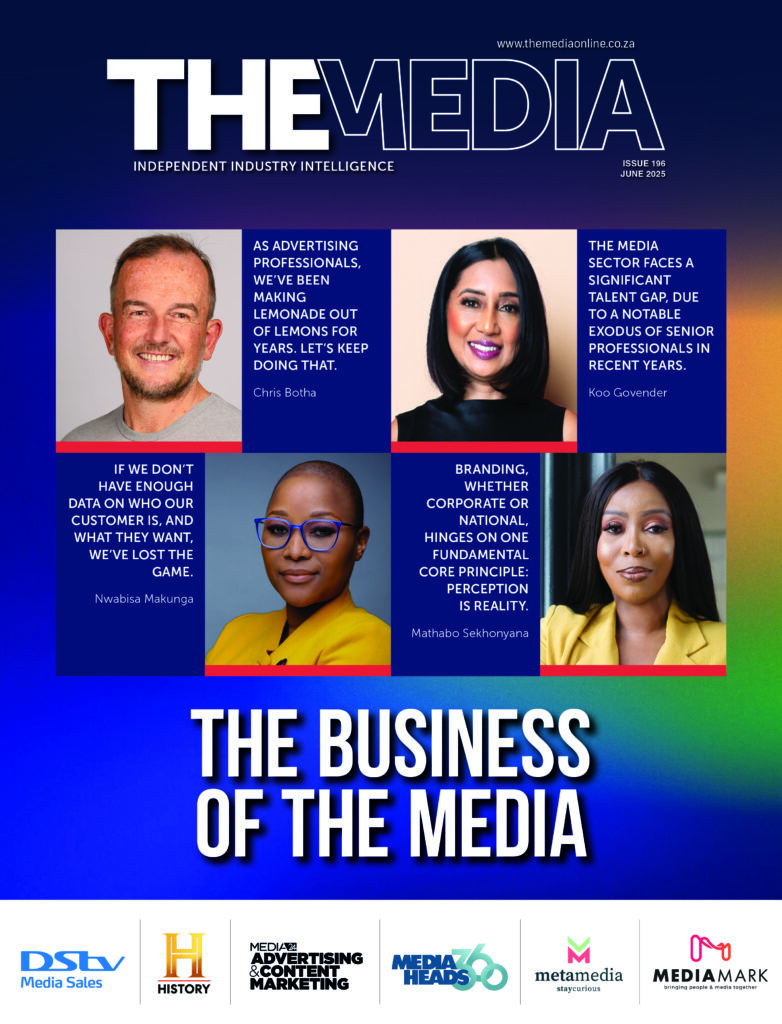Failure to look critically at everything that tomorrow promises is likely to leave marketers and agencies in a position where we have thrown too much at solutions based on psychological sentiment than considered, factual analysis, writes Wayne Bishop for the Advertising Media Forum.
The marketing landscape in 2025 looks more like a playground, littered with the promises of transformation, technological innovation and AI-powered solutions than it does a thriving metropolis of commerce.
While it’s easy to get drawn into the sentiment of ‘the new’, the more astute marketer will be exercising a dose of caution when approaching the year, simply because the future remains uncertain – as murky and unclear as ever. The battle of ideas a cacophony of chaos amid an over-stimulated consumer.
It only takes a short stroll down memory lane to remind the reader about NFTs, blockchain, IoT and the Metaverse as “the next big thing in marketing and communications”.
One only needs to look at local resources to realise how readily we parrot GenAI as the modern solution to our marketing problems. Or sit through an agency credentials presentation to see how fast we have adopted the global narrative on digital transformation, AI-powered creative solutions or connected commerce.
Looking back
If we want to be better prepared, we need to start weighing up the risks of herd mentality with the long-term advantages of evidenced-based decisions. Failure to look critically at everything that tomorrow promises is likely to leave marketers and agencies in a position where we have thrown too much at solutions based on psychological sentiment than considered, factual analysis.
According to a recent article by Forbes, Amazon, Alphabet, Microsoft and Meta have announced plans to increase their capital investment in AI by 45%. However, there is growing evidence among analysts that the return on these investments remains negative, placing pressure on free cash flow and offering an insight into how the share price may be affected in the medium term.
It has become increasingly difficult to monetise AI-based products, and the benefits have simply not lived up to the promises contained in the glossy prospectus in the board reports.
The net result is an overvaluation of AI-based stocks which will likely lead to an even greater push by the world’s largest investors, generating more and more positive sentiment around these products to protect their investments in the face of potential and catastrophic losses further down the road.
It’s as if fate has a degree of manufactured irreverence.
Everyone needs an assistant
One area in which investors are seeing some returns is in Agentic AI, which is the fusion of traditional coding with Large Language Models (LLMs). Agentic AI solutions (or ‘AI agents’) are becoming more and more prevalent within the marketplace and are typically backed by smaller VCs and independents, targeting businesses seeking to automate processes, operations and repetitive tasks across typically labour-intensive functions.
In marketing, applications such as Agentforce (Salesforce) are helping manage the end-to-end marketing process including helping to generate briefs, recommending audience segments, creating personalized content and analysing performance against a set of KPIs, all seamlessly integrating into other tools, workflows and systems.
On the agency side, the holding companies are using a combination of in-housed agents such as Omnicom’s Omni Assist, a highly advanced agentic model providing audience insights, image generation, development assistance, analysis and even idea generation, and external resources like GPT, Gemini, Dall-E and Claude.
Publicis’s Marcel is another example of an AI-powered solution dedicated to connecting the agency’s workforce to foster stronger collaboration and deliver better solutions with both in-house and external AI-powered assistants which surface up through workflows4.
In 2025 there is likely to be an increase in off-the-shelf and customisable agents such as Quartile, an e-commerce solution helping marketers manage Amazon, Walmart and Google Ads, autonomously adjusting keywords, bids and product targeting. Or CreativeX, an AI solution that evaluates and enhances ad creatives by analysing visual and messaging elements against a brand’s CI.
Even if a business successfully launches a customised version of an agent at the start of the year (and after many internal steering committee meetings) without continual development, it may be out of date by quarter 2 which begs the question: How much time are we actually saving if most of our effort goes into keeping the Agent in service?
Pragmatism favours the brave
In 2024, WARC researched around 700 senior marketers and agency experts in order to gauge the level of AI understanding, usage and preparedness.
Surprisingly, despite 30%2 of the respondents believing that “generative AI should be utilised to an extreme or high extent”, only 22%2 of the respondent base is utilising AI at this level. 42%2 of respondents described their current understanding of AI as “advanced” yet only 14%2 scored 2 or more out of 5 on an AI knowledge test that was part of the study.
This illustrates, with glaring palpability, the complete over-confidence of the industry even though we are operating under a dark cloud of uncertainty and within a context where AI capability is still generally too new to have a meaningful effect on the marketing function. We are like the proverbial deer in the headlights running straight towards the lights.
Ultimately, the role of a marketer is to provide a distinctive, favourable experience to a disinterested consumer so that the product or service is selected more often in a buying situation.
In the end, it’s all about behaviour and we have become increasingly distracted by shiny objects which may or may not deliver on the requirement of every marketer or agency specialist.
A good place to understand behaviour is to measure and trend it over an extended period of time. According to a recent Future of Media study which looked at actual & forecasted time spent by media type over a 15-year period, digitally served media will account for 78%3 of all media consumed by 2028.
While social media is set to grow in time spent by 50%3 to reach a forecasted 17.5 billion annual hours by 2028, this growth pales in comparison to connected TV (CTV) and music streaming, which is set to achieve 190% and 205% growth respectively.
2025 is the year in which CTV officially overtakes linear TV as the primary channel for premium audio-visual content, which means that traditional consumption of marketing communications will need to be optimised for a variety of screens, devices and moments.

Wayne Bishop is global business lead for PHD based in London. He is responsible for managing and leading the PHD offices around the world who handle the Unilever account. The role includes everything from planning & leading, to compliance, commercial outputs, reputational successes and contractual delivery.
CLICK ON THE COVER TO READ THE MEDIA’S BUSINESS OF THE MEDIA















